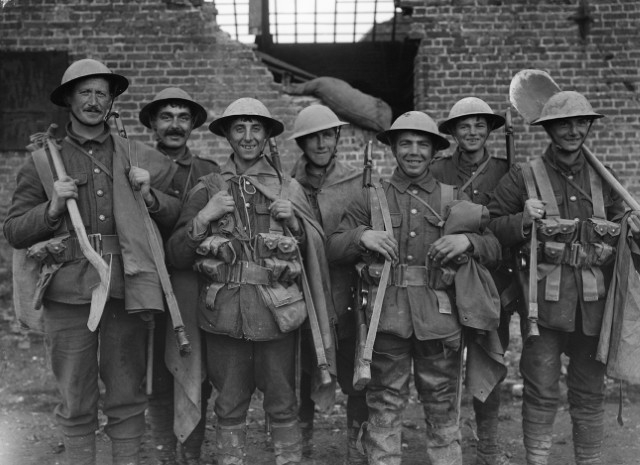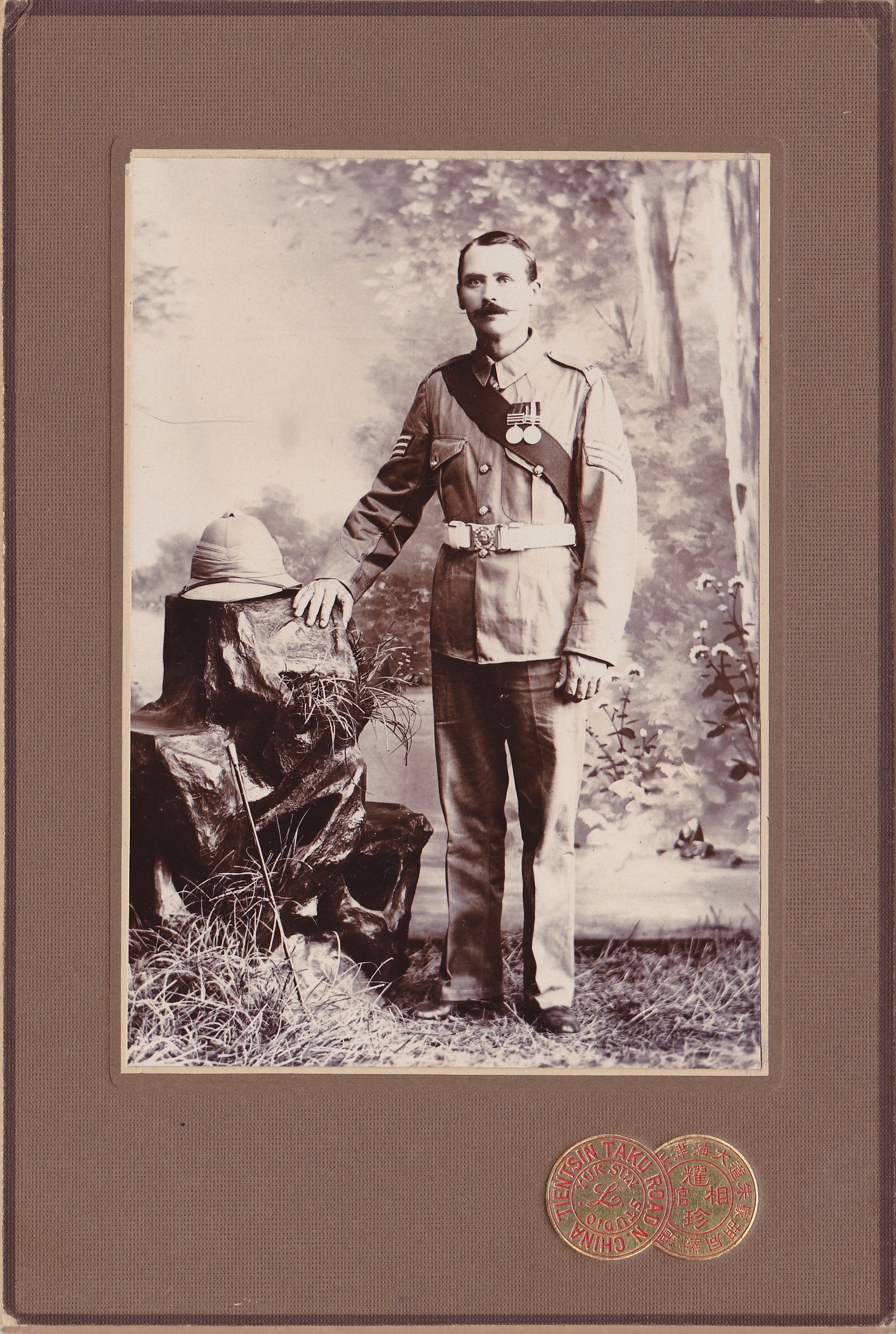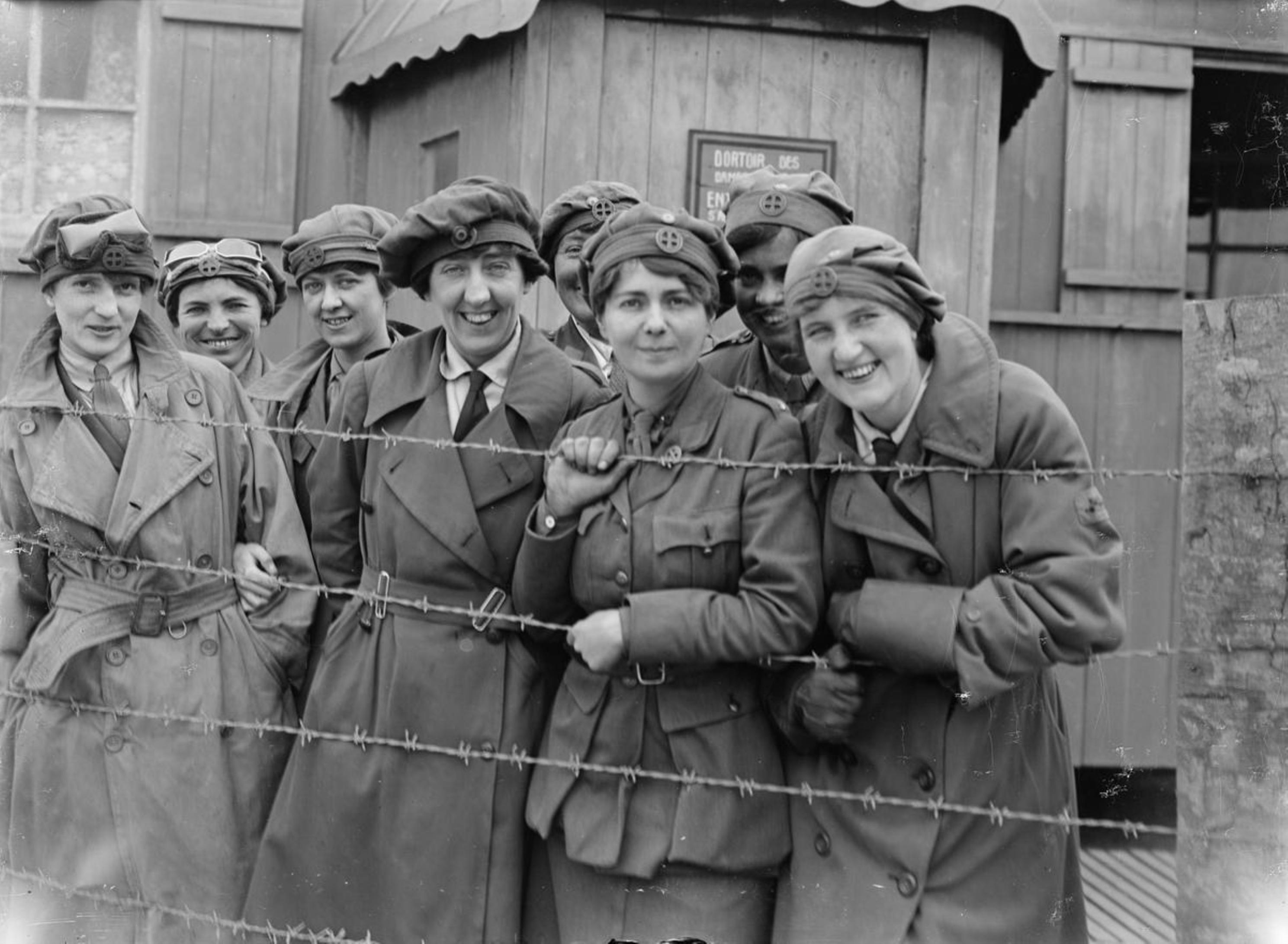Families can remember for forever their ancestors who served in the First World War in what is being billed as the world’s biggest online project of the Centenary.
Lives of the First World War launched today by the Imperial War Museum in London will become the permanent digital memorial to over 8 million men and women.
Each one can be remembered by families or others that knew of them. Descendants and researchers can add information to the pages of each life from official records or information they hold.
Millions are expected to add letters, diaries, photographs and anecdotes to the lives and share the information with other members of their family and friends.
Connecting relatives
The site will not only uncover hidden stories and information about those who served but also act as a social media site connecting relatives with each other and different families whose relatives fought alongside each other.
Lives of the First World War has been launched with 4.5 million men and 40,000 women who served in the British Army overseas.
Over the coming months millions of new records will be added from the Royal Navy, Royal Flying Corp, around 700,000 Canadians from the Expeditionary Force, 340,000 Australians, 100,000 New Zealanders from the Imperial Forces and 17,000 conscientious objectors.
Eventually the museum would like to add the Indian Army, Home Front Workers and all others who made a contribution from across the British Empire.

Group of British troops carrying shovels at Fleurbaix
Luke Smith, Digital Lead for the First World War Centenary at Imperial War Museums, told Centenary News: “It is a brand new major project, the largest digital project for the centenary that we are aware of, certainly the largest in the UK.
Specialist Wikipedia
“This is a world first. No-one has ever built a website like this to collaboratively piece together life stories. It’s like a specialist Wikipedia for life stories.
“The aim is to engage everyone in remembering and piecing together the life stories of more than 8 million men and women who served Britain and the Commonwealth in the First World War.
“The end result is also something like a social network. It has various aspects to it. Nobody has ever done it before so we don’t know what people will add.”

Thomas William Stratford, South Wales Borderers. Served in South Africa, India, China, Gallipoli and France. His sister Martha’s photos, rescued from rubbish when she moved to a nursing home, were one of the inspirations behind the lives of the first world war project.
The museum, which has built the site in partnership with DC Thomson Family History, creates the basic story for each life which is name and basic military details from large sets of official records.
Memories
Researchers can remember them and use the site to pull together information about them. But they can also add their own photographs or memories and any other letters, diaries or pictures they have had in the attic or dusty old boxes.
If there is an old photograph with other names on it they can connect to them and their families through the site.
Mr Smith has added details of his own great-grandfather, William Wheeler, who volunteered, aged 41.
“I can’t imagine going off to war with two young children aged 41. It’s an alien thought. He died in Croydon hospital in 1923 from a war related kidney disease.
This is forever
“I have added this so that others can see his life story, not just today and not just this year. This isn’t just for the summer or just for the centenary. This is forever. The Imperial War Museum is going to care for these life stories and the information people add forever.”
The museum expects millions to use the site with old and young in families working together. “We also want people to create communities. This is going to be a huge thing,” Mr Smith said.

A group of First Aid Nursing Yeomanry ambulance drivers attached to the Belgian Army at Calais on May 8 1918.
The site will also be valuable for academic researchers and historians as previously unknown information is added.
Over 3,000 volunteers have been testing the site and suggesting improvements. One, Judith Parry, is a relative of Edwin Hassall, who was known as the Chocolate Soldier for his letters home to the family of six year old Joan Burbidge in Cornwall after she sent a box of chocolates to the Front. The story was told in a BBC documentary.
Judith said: “I think there are a lot of people sitting at home with information about members of their family or friends from the First World War and that information at the moment is sitting there doing nothing.
“To be able to contribute that information to everybody in the world is a fantastic opportunity and then to be able to find other people with information on people you are interested in.
“And to be able to learn what these people went through in the First World War, I think is fantastic because a lot of people did not speak about it afterwards. I think it is important to say the truth of what they went through.”
Dan Snow, a Lives of the First World War Ambassador, said: “Lives of the First World War will become an extraordinary online memorial – one of the most extraordinary war memorials ever.”
For more information about how to get involved, click here.
Posted by Mike Swain, Centenary News
Pictures courtesy of Imperial War Museum
